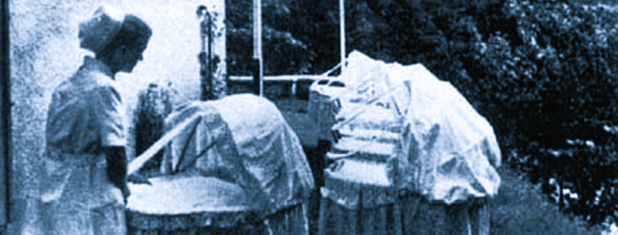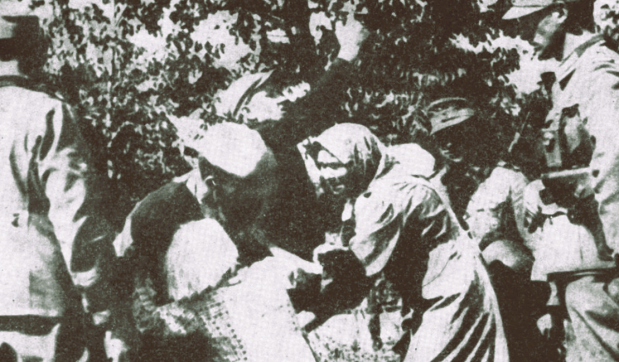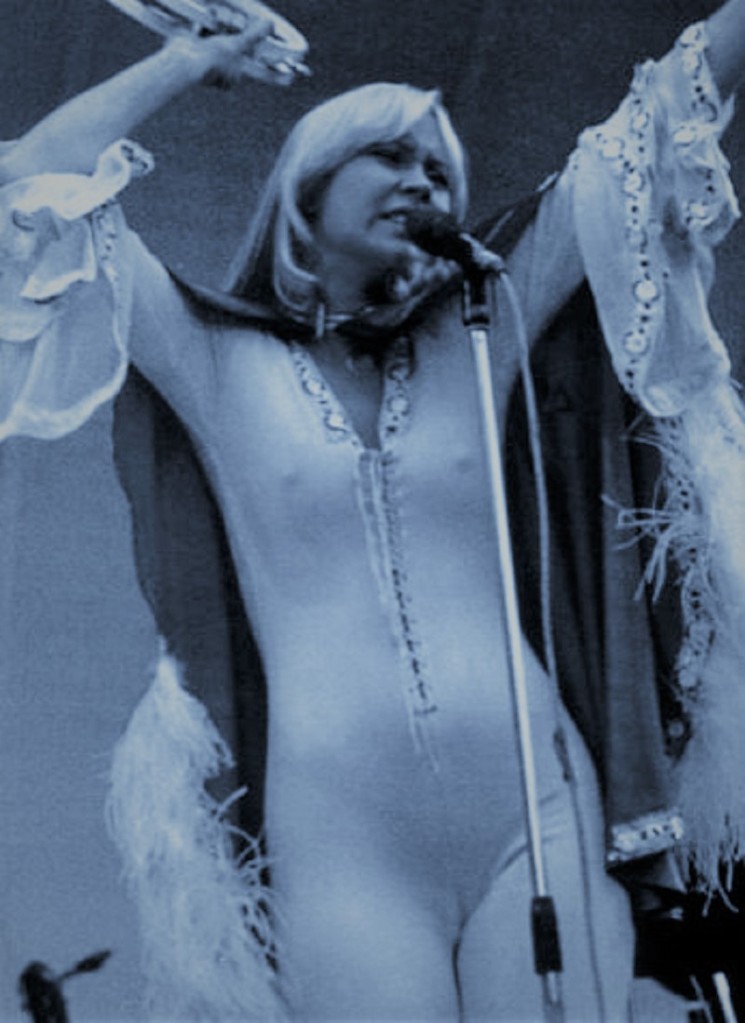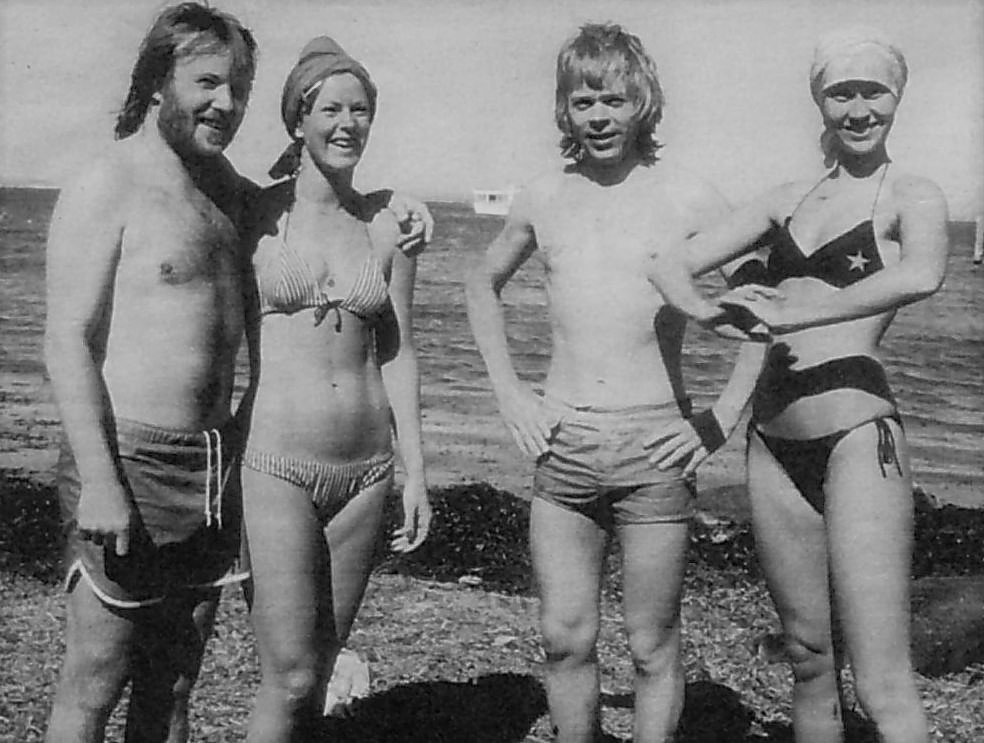
The title of the post is not entirely accurate. However, it was what the Nazis envisaged, that all women would have sex to have as many children as possible.
I am always surprised that Germany had so many scientists and not one of them could figure out that maybe not all women would find the idea of being a breeding machine all that appealing.
On the other hand, forced sterilization for anyone deemed to have a hereditary disease—even if there was no scientific evidence. Below is the list of conditions that were considered to be hereditary.
- congenital imbecility
- manic-depressive insanity
- schizophrenia
- epilepsy
- Huntington’s disease
- hereditary blindness
- hereditary deafness
- severe inherited physical deformity.
They just added hereditary to some of the conditions.
Lebensborn was a breeding program, initially only in Germany but later in the occupied territories. It is a crime that is still a reality for most of the victims involved to this day.
There are still unsubstantiated rumours surrounding the Lebensborn homes: Were they brothels for powerful SS men who were supposed to have sex with Aryan blonde women there? The writer Sybille Lewitscharoff spoke of Nazi “copulation homes” in her “Dresden Speech” in 2014. In fact, they were racist penitentiaries from which a new “Aryan elite” was supposed to emerge. Lebensborn e.V. was founded on 12 December 1935 by SS boss Himmler.
The first Lebensborn home was opened on 15 August 1936 in Steinhöring in Upper Bavaria. More followed everywhere in Germany. They were well-equipped maternity and educational homes. These homes were also set up in Austria and later in occupied Norway, Belgium, France and Luxembourg. Here, German women were supposed to give birth to large quantities of Aryan offspring to their leader, Adolf Hitler. In particular, unmarried women impregnated by an Aryan men gave birth to their children in these homes. The women were well looked after for the first months after the birth. High-ranking officials deported their pregnant lovers to these homes without their wives noticing. A separate registry and registration office guaranteed that each newborn was kept secret. At that time, an illegitimate birth was considered a disgrace. Himmler also promised that National Socialist guardians would be found for all legitimate and illegitimate children of good blood whose fathers died in the war.
Due to the stigma of illegitimate birth, the Lebensborn homes were remote and strictly shielded from the public. This is also why rumours arose about lavish sex orgies in which strapping SS men could give free rein to their lust. Because the residents of these homes saw pregnant women and uniformed men constantly come and go there.
With the beginning of the Second World War, the SS men of the Lebensborn Association also became active in the occupied countries. They ruthlessly abducted children from Central and Eastern Europe who were deemed by the Nazis as having good blood because they were blonde and blue-eyed. These children were brutally taken from their families to German and Austrian Lebensborn homes—against their parents‘ wishes.

There, they were Germanized—Kostja became Konstantin, Barbara became Bärbel, and Roman became Herrmann. The children were examined many times by looking at the distance between their eyes, the width of their noses and the shape of their skulls. If the children used their home language, for example, speaking Polish, they were punished and beaten. The original identity would be erased. That is why the places and dates of birth of the children in the Lebensborn homes were falsified, and the old documents were destroyed. Thousands of Polish children were kidnapped by the Nazis during the occupation and forcibly Germanized into German homes. Still, to this day, people are still searching for their roots and waiting for recognition as victims.
On weekends, childless couples came to the homes, selected children and went for walks with them. The kidnapped children were placed with German families, especially to staunch National Socialists—by using forged birth certificates. Thousands of children were stolen in this manner, and their childhood heritage was wiped clean. The exact numbers are still unknown—the figures vary between 50,000 and 200,000 cases.
At the end of the Second World War, surviving parents searched for their stolen children. The requests were often made through the International Red Cross. A lengthy and complicated process began. All documents that could confirm the identity of the stolen children and contained their old names were destroyed by the National Socialists. When the children were found, they had new Christian names and felt German because of their upbringing. Now, the children were torn between their birth parents and the adoptive parents they had lived with for years. Many felt alienated from their old homeland, had been raised as National Socialists and no longer understood their native language.
Most of them still live in Germany today without knowing the details of their past. They are traumatized, suffer from fear of loss throughout their lives and have difficulty forming relationships and bonds. Of the 250,000 children taken from their biological parents and stolen during the war, just 25,000 returned to their old homeland. Many Lebensborn children avoid talking about their origins. They fear the power of the myths surrounding the organization, and it reflects poorly on their mother, father and themselves.
Anni-Frid, one of the singers of ABBA, is among the most famous of the Lebensborn children.

Born to a German Nazi officer and a Norwegian mother during the German occupation of Norway, Anni-Frid belonged to the children of shame—unwanted after the Germans lost the war.
Anni-Frid Lyngstad was born to Synni Lyngstad, a Norwegian and Alfred Haase, a German sergeant. On 15 November 1945, six months after Germany lost the war, Haase departed for Germany.
Anni-Frid was taken to Sweden by her grandmother, where they settled in the region of Härjedalen.
Sources
https://encyclopedia.ushmm.org/content/en/article/lebensborn-program
https://www.jewishvirtuallibrary.org/the-quot-lebensborn-quot-program

Donation
I am passionate about my site and I know you all like reading my blogs. I have been doing this at no cost and will continue to do so. All I ask is for a voluntary donation of $2, however if you are not in a position to do so I can fully understand, maybe next time then. Thank you. To donate click on the credit/debit card icon of the card you will use. If you want to donate more then $2 just add a higher number in the box left from the PayPal link. Many thanks.
$2.00














You must be logged in to post a comment.